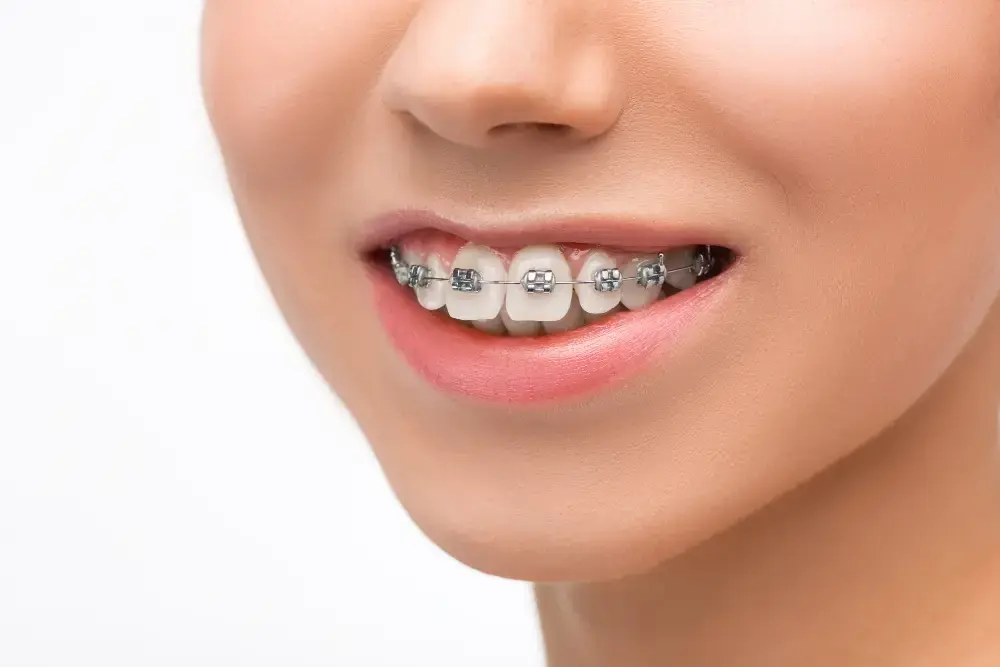From childhood tales of metal mouths to modern-day adults opting for discreet clear aligners, braces have been a staple in orthodontic treatment for decades. One common fear that often holds people back from getting braces is the infamous question – “How much do braces hurt on a scale of 1-10?” Well, fear not, as we delve into the truth behind the discomfort associated with braces.
The Initial Adjustment Period
When you first get put on, it’s common to experience some discomfort as your teeth begin to shift and adjust to the new appliances. This adjustment period generally lasts for a few days to a week, depending on your pain tolerance and the type of braces you have. During this time, you may feel soreness or tenderness in your mouth, particularly around the brackets and wires.
Tips for Managing Discomfort:
- Stick to soft foods that are easy to chew.
- Use orthodontic wax to cover any sharp edges that may be causing irritation.
- Take over-the-counter pain relievers as recommended by your orthodontist.
Routine Adjustments
As you progress through your orthodontic treatment, you will have routine check-ups with your orthodontist for adjustments. During these appointments, your braces may be tightened or changed to continue moving your teeth into the desired position. This can sometimes cause discomfort similar to the initial adjustment period, but it is usually temporary and subsides within a few days.
Dealing with Tightening Discomfort:
- Rinse your mouth with warm salt water to alleviate soreness.
- Avoid hard or sticky foods that may exacerbate discomfort.
- Apply an ice pack to the outside of your mouth to reduce swelling.
Types of Braces and Pain Levels
The level of discomfort experienced with braces can vary depending on the type of braces you have. Traditional metal braces tend to be more uncomfortable initially due to their bulkier size and the pressure they exert on your teeth. On a pain scale of 1-10, many people would describe the discomfort of metal braces as around a 5-7 during the first few days of treatment.
In contrast, clear aligners such as Invisalign are generally considered to be more comfortable than traditional braces. The smooth plastic trays are customized to fit your teeth and gradually move them into alignment. While you may still feel some pressure when switching to a new set of aligners, the overall pain level is typically lower, ranging from a 2-4 on the pain scale.
Addressing Common Concerns
Emergency Visits:
In some cases, you may experience a loose wire, broken bracket, or other orthodontic emergency that requires immediate attention. While these situations can be stressful, it’s essential to contact your orthodontist as soon as possible for guidance on how to address the issue and alleviate any discomfort.
Speech Concerns:
One common side effect of braces that many people worry about is changes in speech. It’s normal to experience minor speech changes, such as a slight lisp, when you first get braces or after adjustments. With time, your mouth will adapt to the braces, and your speech will return to normal.
Maintenance:
Proper oral hygiene is crucial when you have braces to prevent issues such as cavities and gum disease. Brushing and flossing may require more effort with braces, but the extra care is essential to maintain healthy teeth and gums throughout your orthodontic treatment.
Long-Term Benefits Outweigh the Discomfort
While the thought of braces may be daunting, the long-term benefits of a straighter smile and improved dental health far outweigh any temporary discomfort. By understanding and preparing for the potential pain associated with braces, you can approach your orthodontic treatment with confidence and realistic expectations.
So, to answer the burning question – “How much do braces hurt on a scale of 1-10?” – it’s safe to say that the discomfort typically ranges from a 5 to 7 during the initial adjustment period, with lower pain levels throughout the rest of your treatment. Remember, each person’s pain tolerance is different, and what may be uncomfortable for one person may not be as bothersome for another.
In the end, the journey to a straighter smile is a unique experience for each individual, but the end result is undeniably worth it. Embrace the process, stay committed to your orthodontic care, and soon enough, you’ll be smiling with confidence thanks to your braces.



